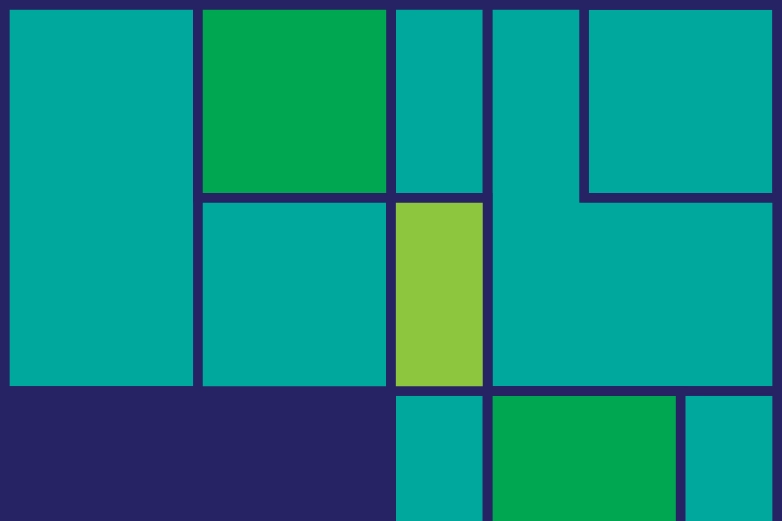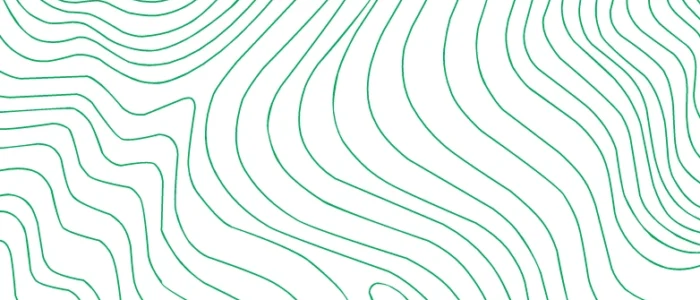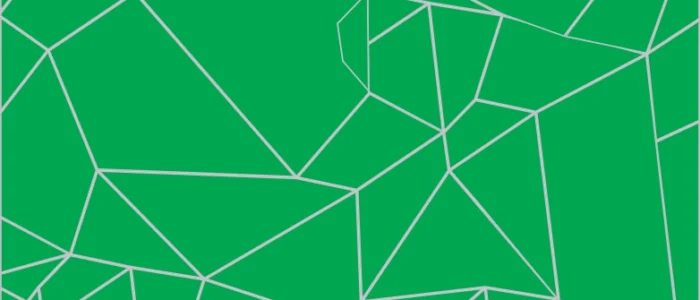Contents
Introduction
The integration of artificial intelligence (AI) into the art world signifies a paradigm shift in creative expression and interaction. This fusion has birthed a new era where traditional techniques blend with digital innovation, creating a landscape ripe with possibility. AI’s role extends beyond mere tool; it acts as a collaborator, pushing the boundaries of what can be imagined and realized. From algorithmic compositions to dynamic visual art that responds to its environment, AI’s influence is profound and far-reaching. This exploration seeks to uncover the depths of AI’s impact, presenting a comprehensive overview of its transformative power in art.
The Evolution of AI in Art
Early Explorations: Cybernetic Art and Algorithmic Compositions
In the mid-20th century, the exploration of AI in art began with cybernetic art and algorithmic compositions. Artists and researchers experimented with early computing technologies to generate visual and auditory experiences that merged human creativity with machine processes. These early endeavors laid the groundwork for future developments in computational creativity.
Rise of Neural Networks: Deep Learning Reshapes Creative Expression
Advances in machine learning, particularly the rise of neural networks, heralded a new era in the evolution of AI art. Deep learning techniques enabled AI systems to analyze vast datasets of artistic works, discern underlying patterns, and generate original compositions reflective of learned styles and themes. This marked a significant shift towards AI as a sophisticated tool for creative expression.
Collaborative Creation: AI as Co-Creator and Collaborator
Recent years have seen a paradigmatic shift in the role of AI in art, from mere tool to collaborative partner. Artists and technologists are exploring AI as a co-creator, leveraging its capabilities to expand the boundaries of artistic practice. Through interdisciplinary collaborations, AI-driven art has evolved into a diverse and dynamic field, encompassing a wide range of media, styles, and conceptual frameworks.
Future Frontiers: AI Inspires New Forms of Expression
Looking ahead, the evolution of AI in art is poised to continue, inspiring new forms of expression and challenging traditional notions of creativity. As AI algorithms become more sophisticated and adaptable, they hold the potential to provoke thought-provoking conversations about the intersection of technology, society, and culture. The future of AI art promises to be a journey of exploration and innovation, shaping the artistic landscape in profound ways.
AI Technologies Shaping Artistic Creation
Central to the AI art revolution are technologies like Generative Adversarial Networks (GANs) and neural style transfer. GANs, for example, employ two neural networks in a competitive game to create art that often surpasses the boundaries of human creativity, generating images, sculptures, and even music that challenge our perceptions of artistry. Neural style transfer, on the other hand, allows artists to apply the stylistic elements of one image to another, effectively enabling the fusion of classical and contemporary visual languages. These technologies not only expand the toolkit available to artists but also introduce a new lexicon of aesthetic possibilities.
Pioneering Artists and Projects
Artists like Refik Anadol use data as paint and algorithms as brushes, creating immersive installations that transform spaces into living, breathing art. Sougwen Chung explores the relationship between humans and machines, her collaborative performances with robotic arms blurring the lines between creator and tool. Collectives such as Obvious leverage GANs to question the essence of creativity, producing artworks that prompt discourse on the future of art in the age of AI. These pioneers exemplify the diverse ways in which AI is being harnessed to explore new conceptual and aesthetic territories in art.
Implications for the Art World
The advent of AI-generated art challenges traditional notions of authorship, creativity, and the value of art. With AI becoming increasingly proficient at producing artworks that rival those created by humans, questions arise about the role of the artist and the definition of art itself. As works created by AI begin to permeate the art market, the philosophical debate extends beyond aesthetics to encompass broader ethical and economic considerations.
One of the central questions raised by AI-generated art is the extent to which it can be attributed to human creativity. Does the role of the AI programmer diminish the artistic merit of the creation, or does it expand our understanding of creativity to include human-AI collaboration? Furthermore, as AI becomes more capable of producing original works, there are concerns about the potential devaluation of human artistic labor and the impact on artists’ livelihoods.
Moreover, the economic implications of AI in the art world are significant. As AI-generated artworks gain recognition and value in the market, traditional models of art production, distribution, and consumption may undergo profound transformations. This raises questions about equity, access, and the concentration of power in the hands of AI developers and platforms.
The Future of Art and AI
Looking ahead, the symbiotic relationship between AI and art is poised to unlock new creative frontiers. Emerging technologies, such as augmented reality (AR) and virtual reality (VR), coupled with AI, promise to create more immersive and interactive art experiences. Artists can harness these tools to transcend physical constraints and engage audiences in novel ways, blurring the lines between the virtual and the real.
Furthermore, the potential for AI to autonomously evolve its creative capacities opens up exciting possibilities for co-creation between humans and machines. As AI algorithms continue to learn from vast datasets of artistic works and experiment with novel styles and techniques, they can serve as catalysts for inspiration and exploration for human artists. This collaboration between human creativity and AI-driven innovation may redefine the very nature of art and aesthetic experience, challenging conventional boundaries and expanding the realm of artistic possibility.
References
For further reading on the topic, you may find the following articles insightful:
- Bryan-Kinns, N. (2024). Reflections on Explainable AI for the Arts (XAIxArts). Interactions, 31(1), 43-47. DOI: 10.1145/3636457
- Hitsuwari, J., Ueda, Y., Yun, W., & Nomura, M. (2023). Does human–AI collaboration lead to more creative art? Aesthetic evaluation of human-made and AI-generated haiku poetry. Computers in Human Behavior, 139, 107502. DOI: 10.1016/j.chb.2022.107502



